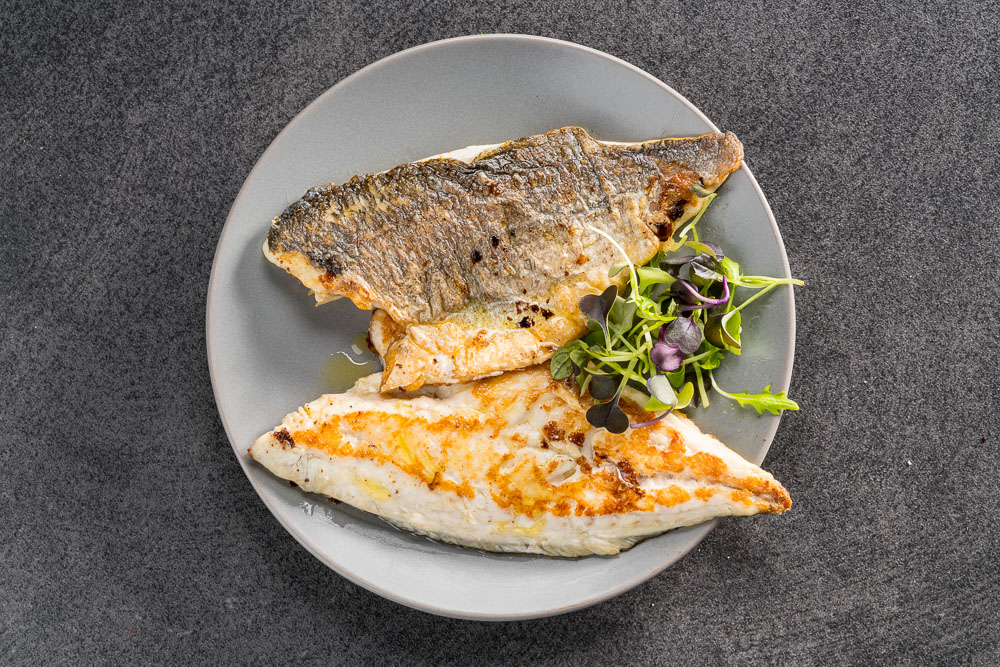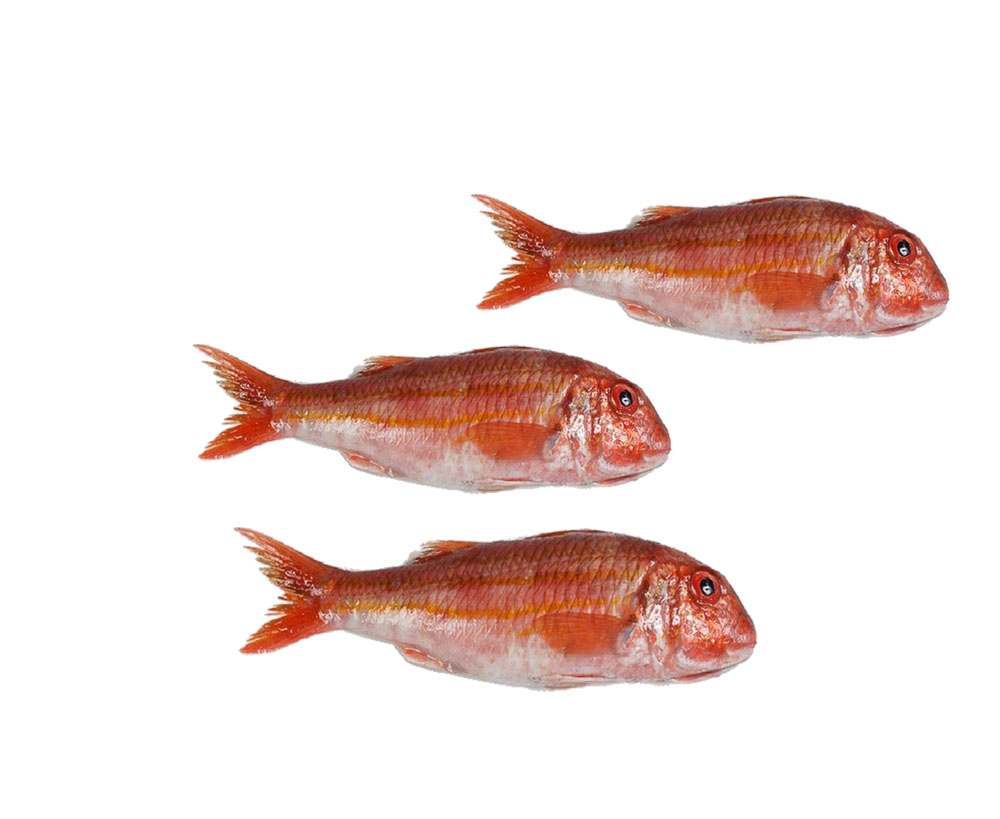Mostly diurnal fish with a very energetic defence during capture.
Sea bream (Sparus auratus) of the sparidae family, is a fish characterised by a tall, oval, compressed body with a long, single dorsal fin. It can reach sizes of around 70 cm, although 30-40 cm are more common. Weight most often around 500 g. All are males in early life, becoming females with age.
They normally live in shoals in shallow waters on sandy or rocky bottoms, between 5 and 30 m deep, although they can reach up to 150 m during the breeding season. In winter, it lives at greater depths, around 30 m. In summer, it is usually found near the surface, in harbours. It is a carnivorous species that feeds on bivalves, crustaceans, fish,…
The gear used for its fishing is trawling, gillnetting, seining, hooks and aquaculture. Fishing for sea bream is very seasonal and is limited to the autumn months. However, farmed sea bream is farmed in most Mediterranean and some Atlantic countries. This has allowed a regular annual supply and a good quality-price ratio.
Mostly diurnal fish with a very energetic defence during capture.
Sea bream (Sparus auratus) of the sparidae family, is a fish characterised by a tall, oval, compressed body with a long, single dorsal fin. It can reach sizes of around 70 cm, although 30-40 cm are more common. Weight most often around 500 g. All are males in early life, becoming females with age.
They normally live in shoals in shallow waters on sandy or rocky bottoms, between 5 and 30 m deep, although they can reach up to 150 m during the breeding season. In winter, it lives at greater depths, around 30 m. In summer, it is usually found near the surface, in harbours. It is a carnivorous species that feeds on bivalves, crustaceans, fish,…
The gear used for its fishing is trawling, gillnetting, seining, hooks and aquaculture. Fishing for sea bream is very seasonal and is limited to the autumn months. However, farmed sea bream is farmed in most Mediterranean and some Atlantic countries. This has allowed a regular annual supply and a good quality-price ratio.


